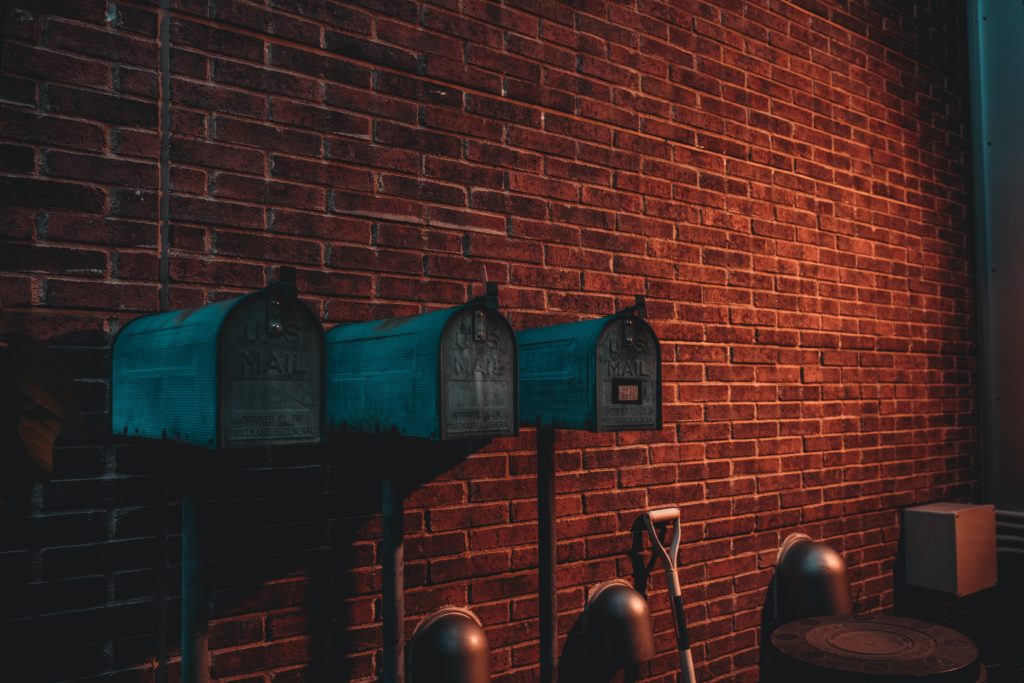(This version is for Event Exhibitors. If you’re an Event Manager, the post ‘Post-Event Engagement (Part 1)‘ will be a little more applicable!)
After an event you’ve sponsored has ended, you’ll probably be pretty relieved. Setting up a booth, selecting sponsorship benefits, and engaging with the attendees in and out of your booth can be a lot of work. It’s always fun to be involved in events, especially online, but there’s a fair amount of leg-work involved as well.
However, in that quiet period right after an event is over, you may be asking yourself, “Okay…now what?” You spoke to attendees at the event, promoted your business’ products and/or services, and you feel like your booth was pretty engaging. But all of that had to do with the during-event portion. What do you do afterwards?
The First Step
First of all, you’ll want to make sure your event manager fulfilled your sponsorship benefits. A lot of times, this involves a list of leads and their contact information, feedback from any sponsored sessions or advertising mtaerials you hosted, and possibly the results of a giveaway. More specifically, you’ll want to make sure you specifically know who interacted with the materials you provided for the event, if you didn’t set up your own lead capture. Those leads will be considered ‘hot’ leads, or people who have already shown significant interest in what you have to offer. You’ll also want to make sure you get the contact information and chat logs from anyone who visited your booth to speak with you.
Post-event, you’ll want to do a couple of different things to make sure you get the most out of your leads.
Types of Leads
First of all, make sure you contact those who chatted with you in your booth or via your ‘Email Us’ button with personalized messages discussing what they talked about with you. Those leads are going to be your best bet for future sales. They initiated contact with you – that’s a great sign.
Next, you’ll want to put together at least two email campaigns. If you don’t know, email campaigns are “a coordinated set of individual email messages that are deployed across a specific period of time with one specific purpose, such as download a white paper, sign up for a webinar, or make a purchase with a provided coupon.” (Thanks, Campaign Monitor.)
Email Campaigns
Your first email campaign will be for those hot leads we talked about earlier. These are people you already know are interested in your products or services. You’ll be able to skip the formalities of introducing who you are and what you do (though a bit of a refresher never hurt); you can get straight to why they care who you are and what they may find useful that you have to offer.
Your second email campaign will be for the cold leads. These are ones you have to ease into contact with you; you’ll have to explain who you are, how you got their contact information, and why they care about who you are. I also recommend being extremely transparent about how they can get off your mailing list. You’re required to allow them to unsubscribe, but I find it makes you a little more personable if you make that process fairly easy to execute, even though you don’t want them to.
After a few emails in your cold lead campaign, chances are a certain number of them (between 10-30%) will click on some of your links and either interact with you directly (attend a webinar, check out some whitepapers or articles, or even contact you). Those people should be put into a hot lead campaign similar to your first. They’ve interacted with you and shown that they’re interested in what you have to offer – no need to beat around the bush with them.
The rest of the people should be dropped into a less-frequently touched email campaign that offers things like special deals, asks direct questions that they may feel compelled to answer, or shows them some great content you have to offer that will help them. These emails will be focused on ways your business will assist them for free, without a sales hook. This kind of contact will help them become warmer leads, who you can eventually drop into your hot lead campaign.
Finally…
Finally, you’ll want to keep an eye out for future sponsoring or even event hosting opportunities yourself. Things like webcasts, classes, or full conferences are a great way to offer content to all of those people you now are in contact with; they’re also a great way to find even more people to keep your funnel churning.
Have any questions? Reach out to us at production@vconferenceonline.com and we’ll be happy to help out!
Good luck!


